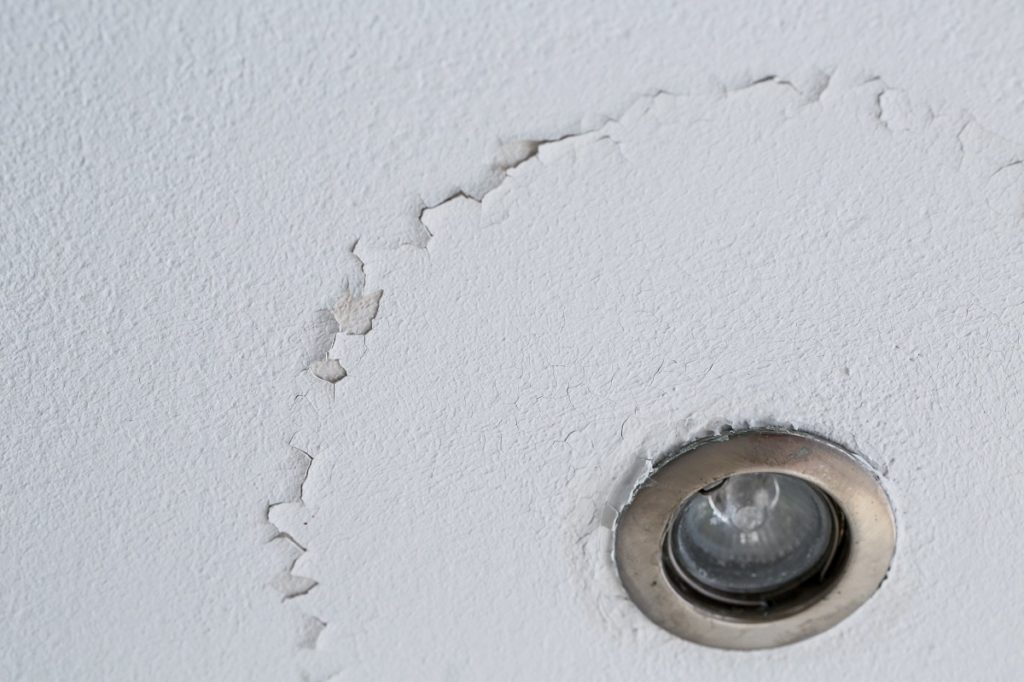The foundation is the most crucial part of your construction. Anything that compromises it can send your structure toppling down. While several elements affect foundations, few have as much impact on the integrity of your structure as water. As such, virtually all local building councils require the installation of rain gutters. These are the primary defenders against water damage to your foundation, roof, and siding.
Even so, a simple installation of your rain gutters will not suffice for optimal water damage protection. You still need accessories like guards and covers for roof gutter leaf protection, splash guards, and downspouts. These ensure that the water from your roof flows into a drainage system instead of splashing around the foundation. The splashing often happens when gutters are blocked by debris, or when your gutters have no downspouts and splash guards to direct water away from the foundation. The following are the typical signs of water damage to your foundation that you should continually check to ascertain your gutters are working optimally.
Peeling Paint

This is the most obvious sign of water damage in most properties. Most paints are water-based. When exposed to varying levels of moisture, they often peel from their substrate. If you are buying property, be sure to look carefully at the points where a seller has repainted. He/she might only be trying to hide paint peeling because of water damage rather than redecorating.
Buckling Floors
Any infiltration of water into your foundation will slowly seep into its construction material and your floors. Irrespective of the floor you have, there will be some level of damage. Concrete floors will, for instance, have unexplained cracks and pits. Hardwood floors are the most affected by water damage. These buckle and warp when exposed to continuous wet conditions and look like they have slightly shifted out of place. Tiled floors often detach from their substrates.
Musty Basement Odors
In old properties, basement ventilation was primarily mechanical. Nowadays, however, basements also have small windows for ventilation. Whether you are using mechanical ventilation or windows, you should be wary if you detect a musky smell. This usually signifies damp interiors and might indicate some water damage to the foundation. Mold growth typically occurs in musky interiors. You can look for mold signs if you are unsure of the odor in your basement.
Freezing Basements
Your indoor temperatures will, of course, be primarily determined by your climatic conditions. Even so, there are times that your basements might be inexplicably freezing and seemingly resistant to heating. Moisture in walls and floors often draws in the heat in your basement to evaporate it. In so doing, it leaves you with a cold basement.
People are quick to call plumbers when they notice the above water damage signs. Some unscrupulous plumbers might fiddle with taps that do not have an issue trying to ‘’repair’’ your water damage. The solution when dealing with these signs is to call a gutter contractor. He/she will check the condition of your gutters to ascertain they are protecting your property from rather than contributing to foundation water damage.